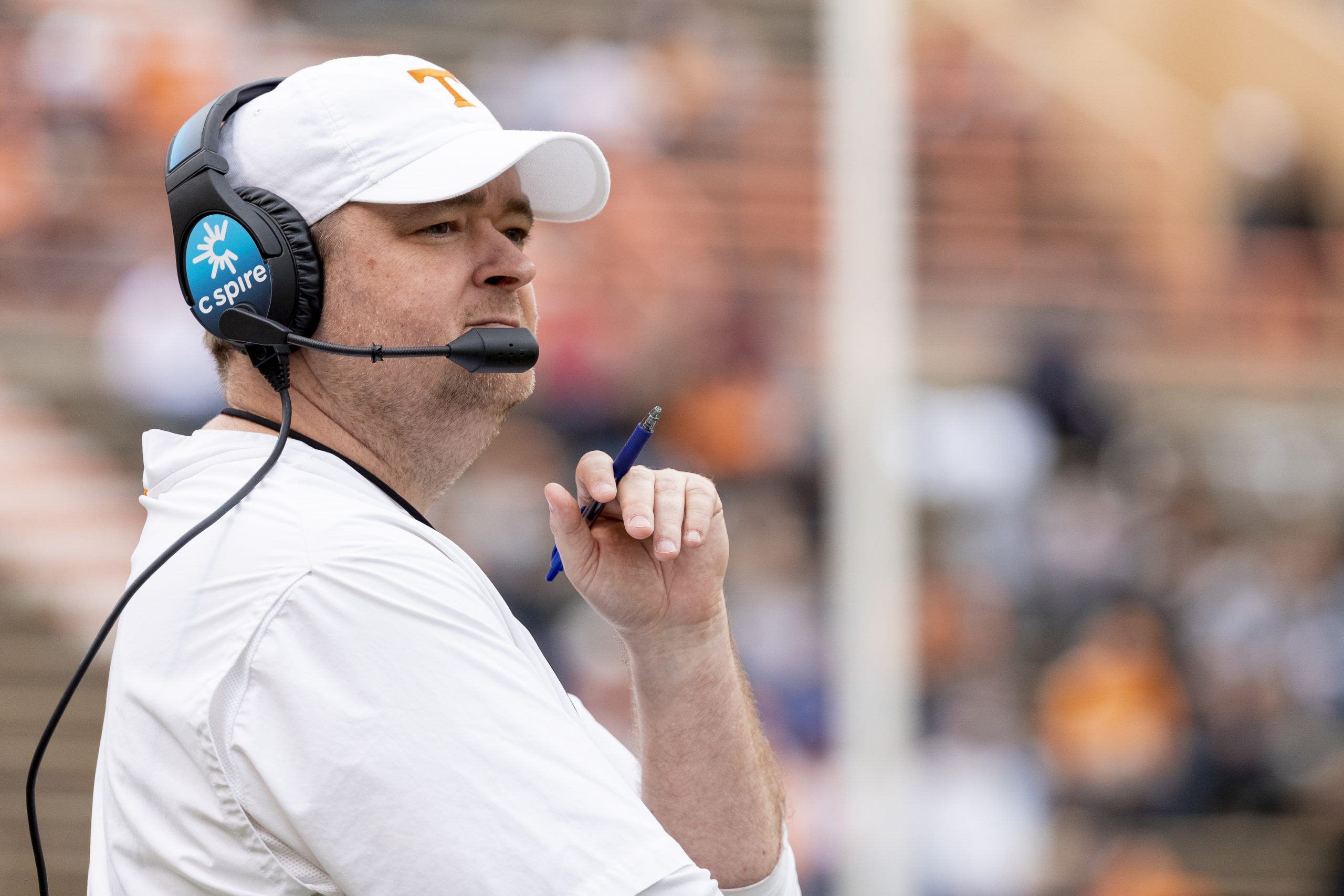Where does Tennessee have the most room for improvement?
Overall, it’s not allowing opposing quarterbacks to complete 68% of their passes, 125th of 127 teams playing football last year. Offensively, it’s third downs, where a 30.2% conversion rate ranked 119th.
A close friend to third down success: red zone success. With touchdown percentage most valuable here, the Vols weren’t terrible: 15 touchdowns on 23 trips, 50th nationally at 65.22%. But the vast majority of that work was done both in the first two games (seven red zone touchdowns combined) and, more importantly, on the ground.
Tennessee quarterbacks in the red zone last season: 6-of-15 (40%) for 53 yards, three touchdowns, two interceptions. Tennessee ran the ball 44 times (74.6% of plays) in the red zone.
UCF quarterbacks in the red zone last season: 27-of-61 (44.3%) for 231 yards, 17 touchdowns, zero interceptions. UCF ran the ball 97 times (61.3%) in the red zone.
In a tight window, it’s obviously not about yards per attempt or even an incredibly high completion percentage. But Tennessee’s three red zone touchdown passes tied for 105th last season, and only six teams threw more interceptions inside the 20. You can see, and probably still feel, how little Tennessee’s coaches trusted their quarterbacks inside the 20. Meanwhile, UCF’s 17 touchdown passes were fourth nationally among teams playing just 10 games.
Of note: this doesn’t always go well for Josh Heupel’s teams. In 2019, the Golden Knights went just 19-of-52 (36.5%) inside the 20 with a 13-3 TD-INT ratio. A common thread in the 2019 team’s losses? Just two touchdowns in five red zone trips against Pittsburgh (lost 35-34), an incredible 1-for-6 against Cincinnati (lost 27-24), and three-for-four against Tulsa (lost 34-31).
Meanwhile in Tennessee’s past, the Vols threw four red zone interceptions in 2019 and three in 2017. That’s nine red zone picks in the last four years, with only four of them belonging to Jarrett Guarantano. Harrison Bailey threw one at the end of the Arkansas game last year, Brian Maurer threw a pair in 2019, and Quinten Dormady a pair in 2017.
The good news: 2018 was still really strong for UCF, with the Golden Knights going 22-of-42 (52.4%) in the red zone with 16 touchdowns and no interceptions. Drew Lock and Mizzou the year before: 25-of-51 (49%) with 21 touchdowns and a single pick.
Whoever takes command for Tennessee, they’ll surely be relied upon in more than 25% of the red zone snaps. And for a team with a thin margin for error, getting touchdowns and not field goals will be critical to the Vols’ success. We saw how quickly Tennessee’s third down success diminished when Jauan Jennings was no longer an option. Last year it went so poorly for Tennessee inside the 20, the Vols really have no established threats. So along with figuring out who the quarterback is, figuring out who this team likes to target inside the 20 will be of vital importance. This has not been a confident football team passing inside the 20 since 2016. I’m curious to see how quickly that will change.
